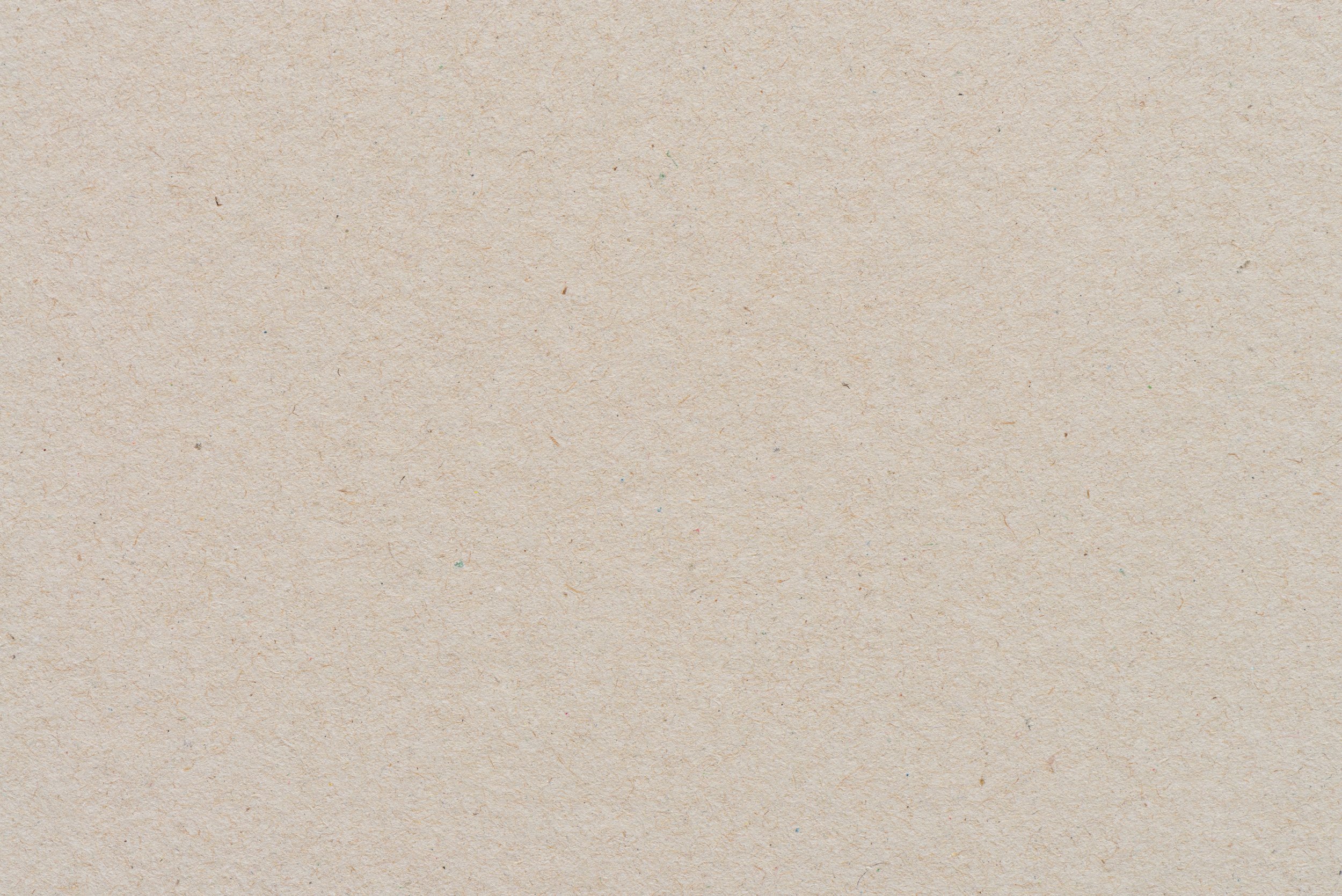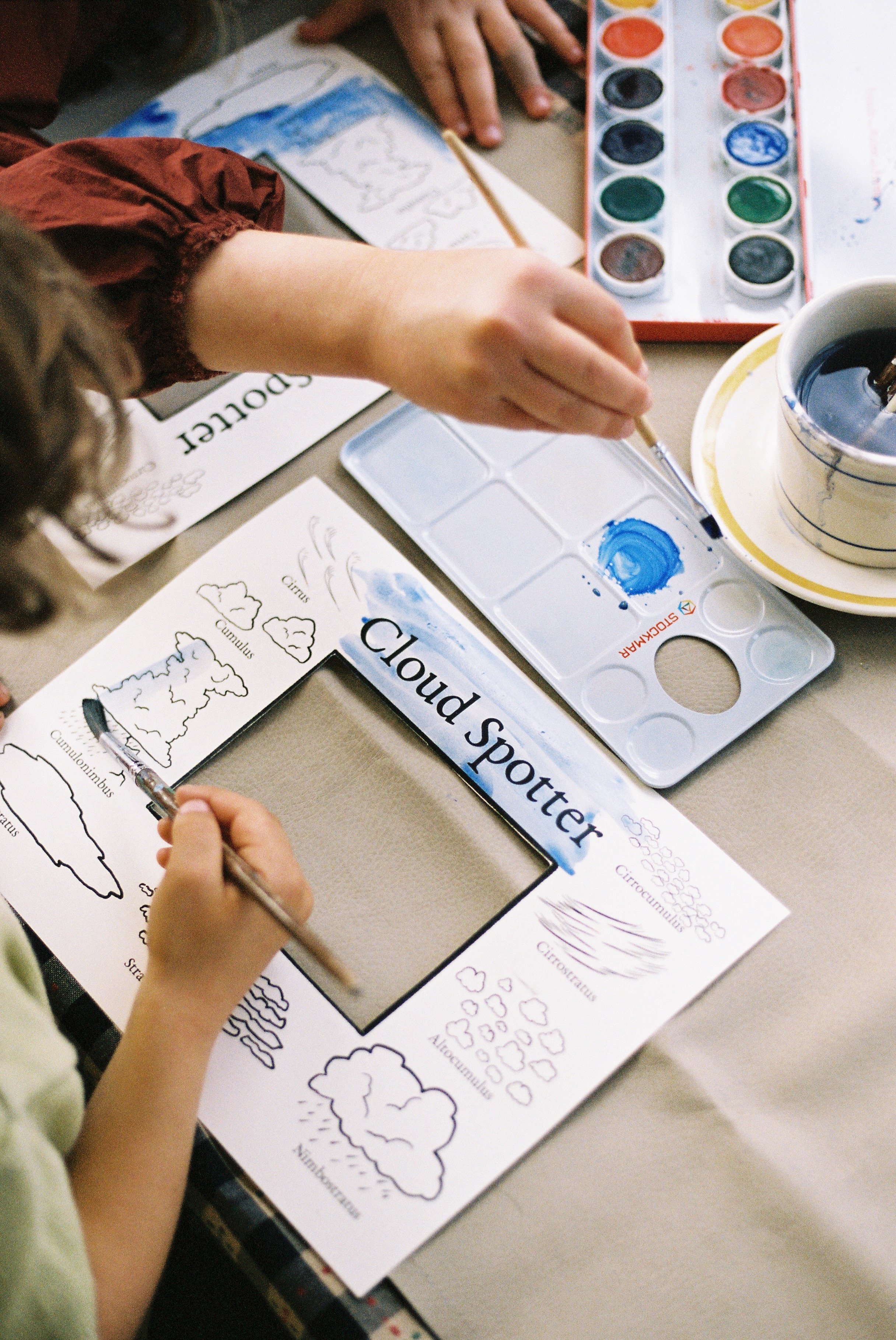
Clouds
LESSON 4
Children explore clouds through storytelling, and a hands-on cloud spotting activity.
Book: "Cloudette" by Tom Lichtenheld
Cardboard
Scissors
Glue
Markers, colored pencils, watercolor paint (optional)
Materials
Familiarize yourself with the book "Cloudette" by Tom Lichtenheld.
Prepare materials for the cloud spotting activity, including printing the cloud spotter printable.
Preparations
Guide children in reflecting on the previous lesson about water movement and the water cycle.
Facilitate a discussion about predicting rain and introduce the concept of clouds.
Support children in the hands-on cloud spotting activity, providing guidance and assistance as needed to identify different types of clouds.
Objectives for Teachers
Objectives for Children
Children recall and reflect on concepts learned in the previous lesson about water movement and the water cycle.
Children explore the concept of predicting rain and learn about different types of clouds.
Children engage in a hands-on cloud spotting activity, practicing observation skills and learning to identify different types of clouds.

Collect and Connect
Create actions and practice saying the poem “The Waterfall Song” together.
The Waterfall Song
Beneath the waterfall I hear,
A Nixie singing bright and clear.
Her voice so sweet and friendly too,
It merges with the water blue.
Streaming over wood and rocks,
It gurgles as the week frog croaks!
Springtime joy and springtime rain,
The waterfall sings its sweet refrain.
-Betty Jones

Activity Flow
Begin the lesson by reflecting on concepts learned about water movement and the water cycle Some questions you might ask:
What do you remember about our last lesson on water movement and the water cycle?
Can you describe some of the movements we made during our water dance activity?
What was your favorite part of learning about water movement through dance?
2. Tell your child that clouds are helpful for predicting when it will rain. Introduce the story "Cloudette" sharing that it is about a tiny cloud who wants to do something big and important like the other clouds she meets in the story. Let’s read the story to see if Cloudette can do something big and important. Read the story together.
3. After reading the story, engage the children in a discussion about the different clouds Cloudette met, and how she changed before raining on the dried-up pond. Some questions you might ask:
What type of clouds did Cloudette meet?
What did they do?
What happened to Cloudette before she rained on the pond?
What happened after she rained on the dried-up pond?
5. Then initiate a discussion about different types of clouds and how they can change and perform certain functions, such as producing rain. Discuss what rain clouds look like and how we can tell when it will rain.
Cumulus: Fluffy, white clouds with flat bottoms that resemble cotton balls or heaps of cotton. They usually indicate fair weather when they are isolated but can grow into larger clouds and produce rain showers.
Stratus: Low-level clouds that form in uniform layers, covering the sky like a blanket. They often bring overcast conditions and light precipitation, such as drizzle or light rain.
Cirrus: Thin, wispy clouds high in the sky, composed of ice crystals. They have a feathery appearance and are often seen on sunny days, indicating fair weather. However, they can also precede a change in weather, signaling the approach of a warm front or an approaching storm.
Nimbostratus: Thick, dark clouds that form a continuous layer covering the sky. They are often associated with steady, moderate to heavy precipitation, such as rain or snow.
6. Lastly, introduce the hands-on cloud spotting activity where children will create a cloud spotter using the printable and cardboard. Color or paint the printable if you’d like, then attach it to the cardboard to create their cloud spotters. Take the children outside to find clouds and use the cloud spotter to identify different types of clouds. Encourage them to observe carefully and discuss their findings as they explore the sky.




